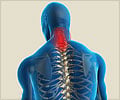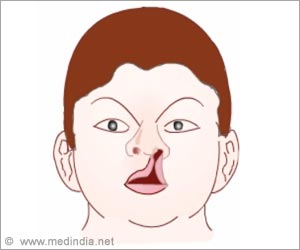Symptomatic lumbar disc disease caused by degeneration of the discs of the lower spine could be inherited, indicates a new study.

Study Details:
The researchers used data contained in the Utah Population Database, a public information repository containing health and genealogic data of more than 2 million Utah residents, examining health and family records of 1,264 individuals with lumbar disc disease, defined as either lumbar disc degeneration or lumbar disc herniation.
To measure how closely patients were related, the researchers used the Genealogical Index of Familiaity, which compares the average relatedness of affected individuals with expected relatedness in the general population. Relatedness is measured by generations or degrees:
first-degree relatives (or immediate family) including parents, offspring and siblings;
second-degree including grandchildren, grandparents, uncles, aunts, nieces, nephews, and half-siblings; and
Advertisement
In this study, only patients with at least three generations of genealogical data in the database were included.
Advertisement
Individuals with lumbar disc disease were more likely to have family members with disc disease.
Relative risk for lumbar disc disease was significantly elevated in both close and distant relatives.
The combination of the two findings, given the large patient population, strongly supports a genetic basis to symptomatic lumbar disc disease.
"Although excess risk in the immediate family might indicate evidence of a genetic contribution, it could also simply indicate shared environment risks or household exposure that may be contributing to the disease," Patel noted.
The study has been published in the Journal of Bone and Joint Surgery (JBJS).
Source-ANI










